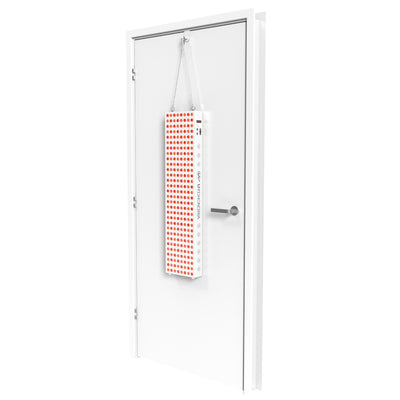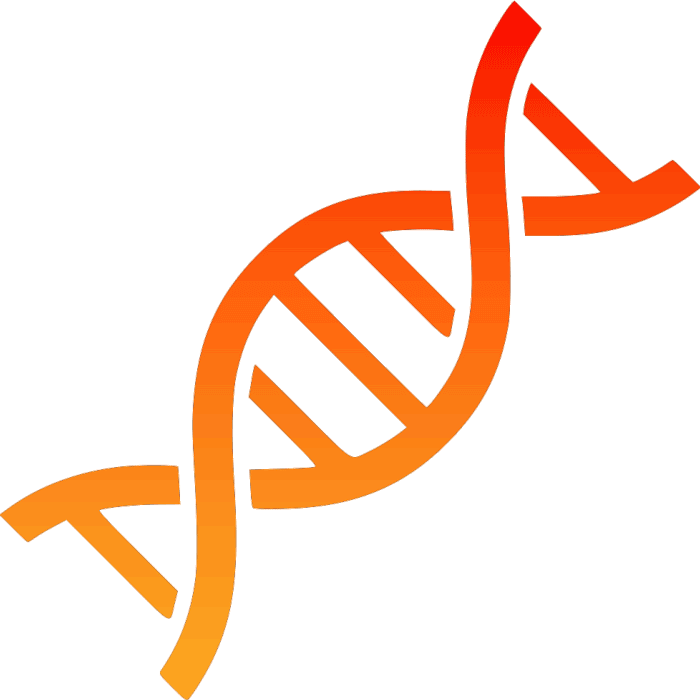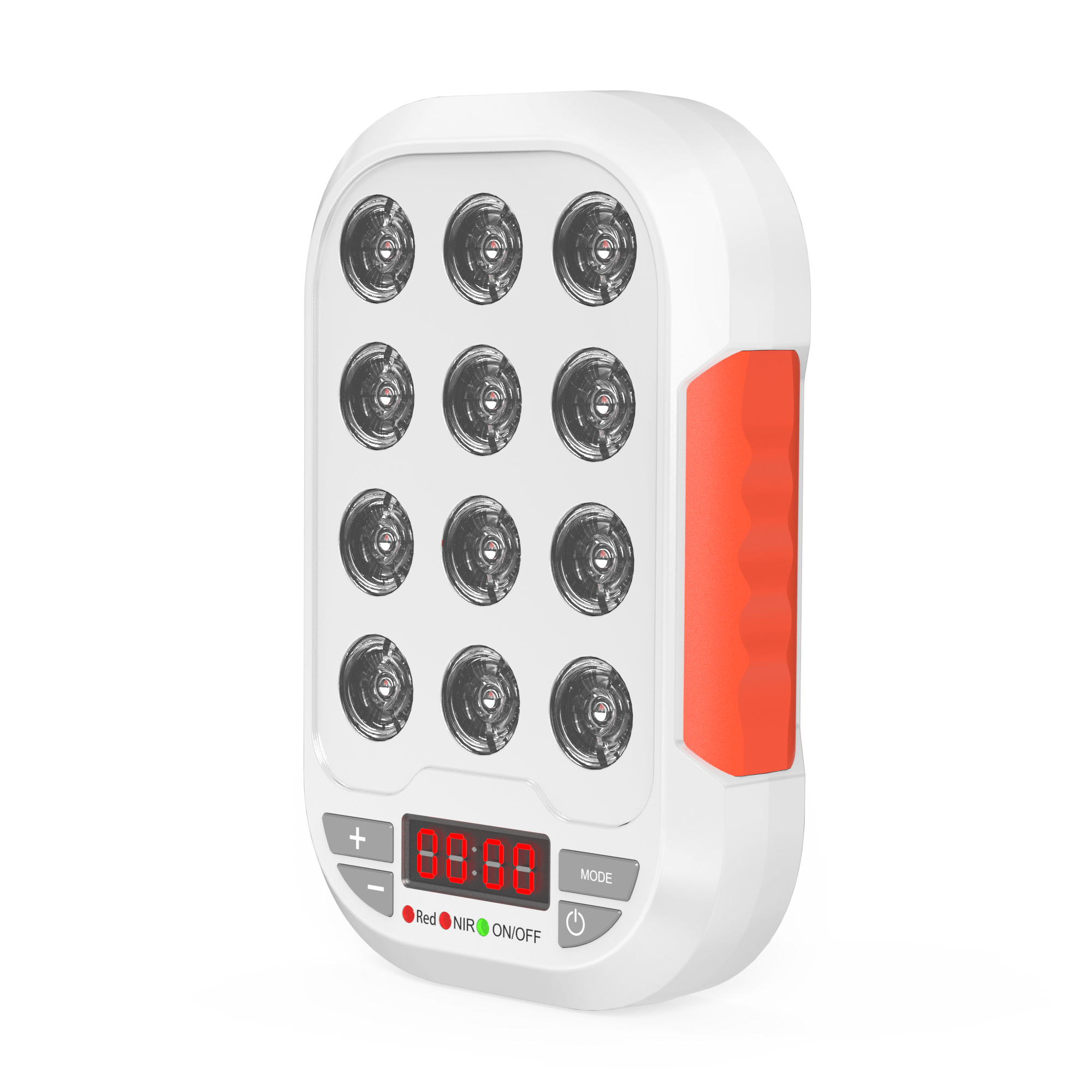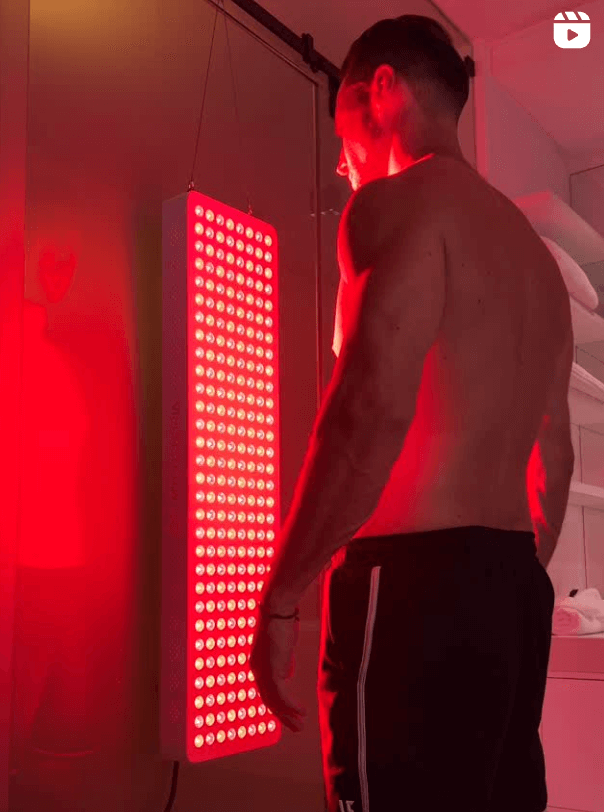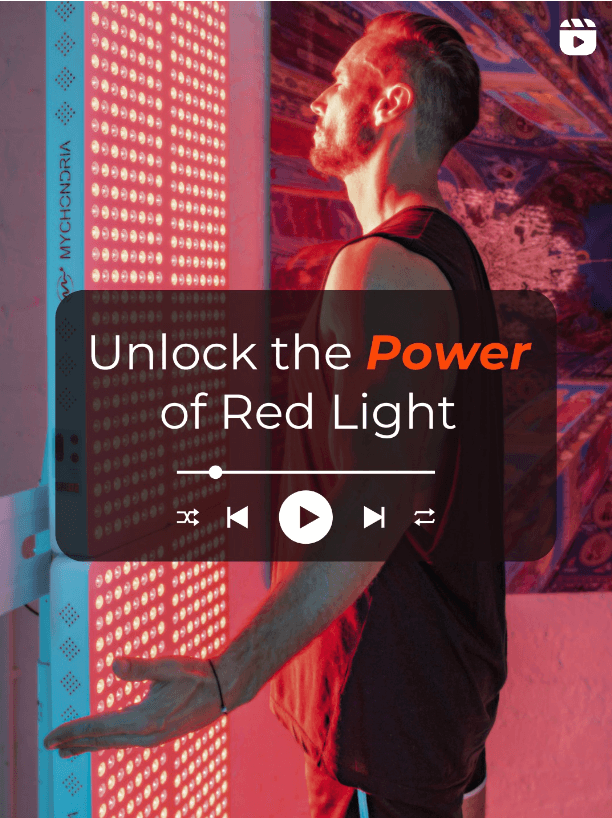
Our previous blog looked into how red light therapy can assist in maintaining the muscles that we work so hard to build. But what happens in the case of an injury? How can we minimize pain (internal or external) and reduce healing time required from an injury? Let’s take a deeper dive into how we can utilize red light therapy for pain relief. When we experience the feeling of “pain”, it is a physical response from your body to tell you to stop performing that action or certain behaviour.
There are three common types of pain:
Chronic – long-term pain (> 6 months) with a known or unknown cause. E.g. Arthritis, Fibromyalgia, Chronic migraines.
Acute – short-term pain with a known cause. E.g. a burn, broken bone or cut.
Neuropathic – damage to the nervous system as a result of misfiring pain signals. Conditions and illnesses such as HIV, shingles and chemotherapy can result in neuropathic pain.
The most common method worldwide of treating pain is through taking painkillers. Now, this is the most convenient treatment with the most efficient pain relief, however, it comes with its own list of negative side effects. Overuse may result in addiction, and well as loss of effectiveness when used long term. This means that you end up using more and more to get the same relief from pain and can result in addiction. Which begs the question, how can we manage pain in a holistic manner that provides no negative side effects?
Red light therapy is a type of light treatment, where wavelengths of natural red and near-infrared light is delivered to specific areas in the body, dependent on where it is applied. The energy captured in these wavelengths penetrates deep into the skin where is stimulates the production of ATP within the mitochondria. This boost in ATP concentration allows for more efficient and better performing cells.
Red light therapy is most frequently used for:
- Reducing inflammation
- Improving skin condition
- Relieving pain
- Promoting bone and muscle healing
- Preventing injuries
- Balancing hormones
Okay, that’s great, but how does it actually relieve pain?
Here’s how:
Cellular repair and regeneration – the boost in ATP levels means that cells can be repaired and replaced at a more efficient rate. This means that areas in the body with an injury where damaged cells are present will be replaced and reduce time required for healing.
Collagen production – in the case of a physical wound to the skin, red light therapy can increase the production of collagen (a protein that adds structure to skin, muscle and connective tissue). This increase in collagen allows for faster wound healing, more efficient scar healing and tighter, more youthful looking skin.
Stem cell activation – specialized cells such as bone, brain and heart muscle cells are made up of stem cells. These cells become activated when exposed to red light therapy and are able to transform into the type of cell required to aid in healing in an injured area.
Nitric oxide – this molecule is made up of nitrogen and oxygen and is essential for effectively functioning and healthy arteries through the reduction of oxidative stress and inflammation. When red light therapy is applied to an area of injury in the body, nitric oxide gets released. Through improved blood circulation, essential nutrients and oxygen gets delivered to areas of the body where regeneration and repair is needed.
Red light therapy has been scientifically tested to improve pain in all areas, but specifically – neck, back, joint, muscular, diabetic foot pain and arthritic pain.
A study was performed in 2016 on the time required for return-to-play in athletes after injury. Two groups of athletes were treated with light therapy, one with a placebo device and the other with a genuine red light therapy device. They were all exposed to six sessions of light therapy after injury. Results showed that there was a significant acceleration in return-to-play for athletes treated with the genuine device versus the placebo device (9.6 days vs. 19.23 days). This was achieved through reduced inflammation, increased blood flow to injured areas and reduced muscular spasms in the genuine device. All with no negative side effects.
Now, if you’re an Olympic athlete or an elderly person that is struggling with joint pain or anyone in between, you too can benefit from your red light therapy device with no negative side effects or risk of addiction. Although, when you start realizing how many benefits come from using our devices, we wouldn’t blame you if you got addicted!
View the MyLight Collection >>>
Written by: Caroline Bursey


